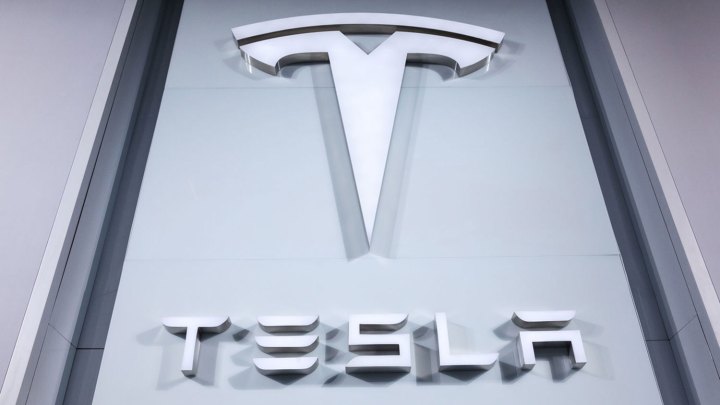
The company held a grand opening for the Gigafactory last year, but until now the factory has only assembled battery packs, and not the cells that go into them. Those cells have been imported by Panasonic, which partnered with Tesla on the Gigafactory and has been the sole supplier of battery cells for the company’s electric cars and energy-storage products.
Cells manufactured at the Gigafactory are a cylindrical “2170” design co-developed by Tesla and Panasonic, according to a company blog post. The Gigafactory is currently building them for Powerwall 2 and Powerpack 2 battery packs only, but Tesla expects to start cell production for the Model 3 electric car in the second quarter of this year. The Model 3 is the 215-mile, $35,000 mass-market electric car that is the Gigafactory’s main reason for existence.
Tesla needs the massive factory to provide the economies of scale necessary to make the Model 3 profitable at its sub-$40,000 price point. It also needs to produce battery cells in large volumes: Tesla CEO Elon Musk wants the company to produce 500,000 cars per year by 2018, and the Model 3 is expected to make up the majority of that total. That’s a lot of battery cells.
By 2018, Tesla expects the Gigafactory to be producing 35 gigawatt-hours of cells per year, which it claims is nearly as much as the rest of the world’s cell production combined. Tesla will keep expanding the factory, which it says is only 30-percent complete. The current footprint of 1.9 million square feet houses 4.9 million square feet of operational space on multiple floors. When the factory is completed, Tesla expects it to be the largest building in the world.
Tesla may be kicking off 2017 with some good news, but it ended 2016 with a disappointment. The automaker delivered 76,230 cars last year, meaning it missed its target of 80,000 units by a slim margin. In q statement, Tesla attributed this primarily to the transition to new Autopilot hardware, which the company believes interrupted the flow of production.


